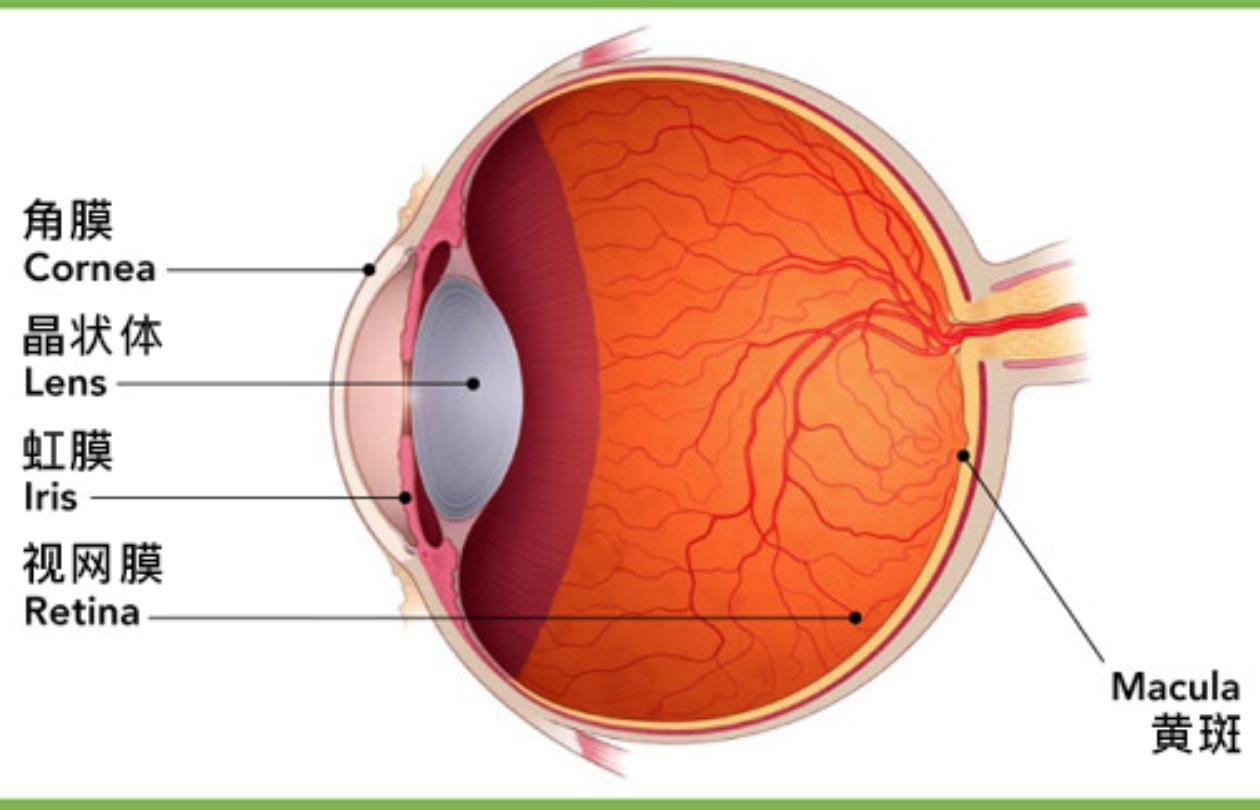Age-related macular degeneration (AMD) may result in the patients’ loss of central vision and blurred vision, especially in the center of the visual field, which may disable identification of family members’ faces, the expression of someone in front of them, and words on the mobile phone. The vision impairments of age-related macular degeneration develop and change with age, resulting in progressive loss of vision.

The existing therapies in China can improve symptoms and retard the progress of AMD, but the therapies cannot completely restore vision. There is currently no feasible treatment method for late-stage age-related macular degeneration inside China. Therefore, domestic patients suffering from late-stage age-related macular degeneration urgently need a completely different medical technology to change the current situation.
The Implantable Miniature Telescope (IMT) has brought another solution for late-stage AMD patients. The IMT developed by the United States and Israel is designed for placement in the posterior chamber of the anterior segment of the eye during an outpatient surgical procedure with the goal of improving central vision in patients, which may raise the living standards of late-stage AMD patients. The IMT has been certified by CE since 2020 and has been implanted in over 200 patients in Europe. The first-generation IMT received FDA certification in the United States.

After the surgery, the implanted eye provides a 2.7X[1] larger view than before, which may allow for more details to be observed, while the other eye remains the same and provides peripheral vision for orientation and mobility tasks. Patients will be able to see objects that cannot be recognized before surgery and perform tasks that cannot be performed before surgery using their own eyes after receiving systemic visual rehabilitation training.

